A big structure of blue containers floating in one of Copenhagen’s harbors draws the attention of those who walk around the trendy neighborhood of Refshaleøen. The unusual complex hosts 12 studio apartments, designed by the internationally renown Danish architecture firm Bjarke Ingels Group.
This is the first step in a project from the Danish start-up Urban Rigger, created to offer affordable student housing in the city. The first “rigger,” as the company has named the complex, is a prototype amongst five others that are planned for the area. The current amount of housing provided is a drop in the ocean, but they believe it to be a start.
The project was born in 2014, when Urban Rigger’s CEO Kim Loudrup saw how hard it is to find student housing in Denmark while looking for accommodation for his son. According to the latest report about cost of living from The Economist Intelligence Unit, Copenhagen is among the ten most expensive cities in the world. The association Dansk Byggeri estimates that there’s a need for 8.400 new apartments for the students starting school in 2018.
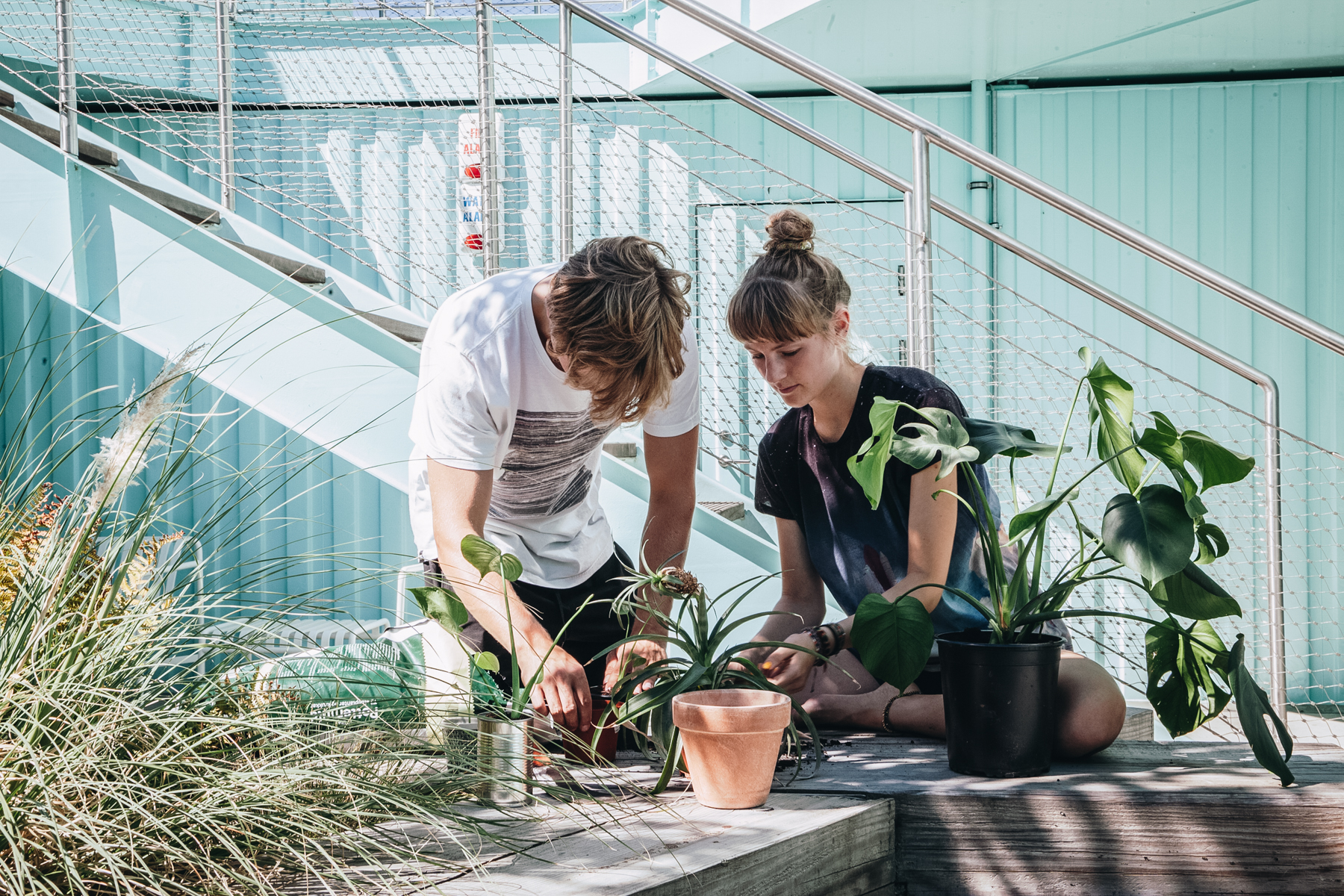 |
|
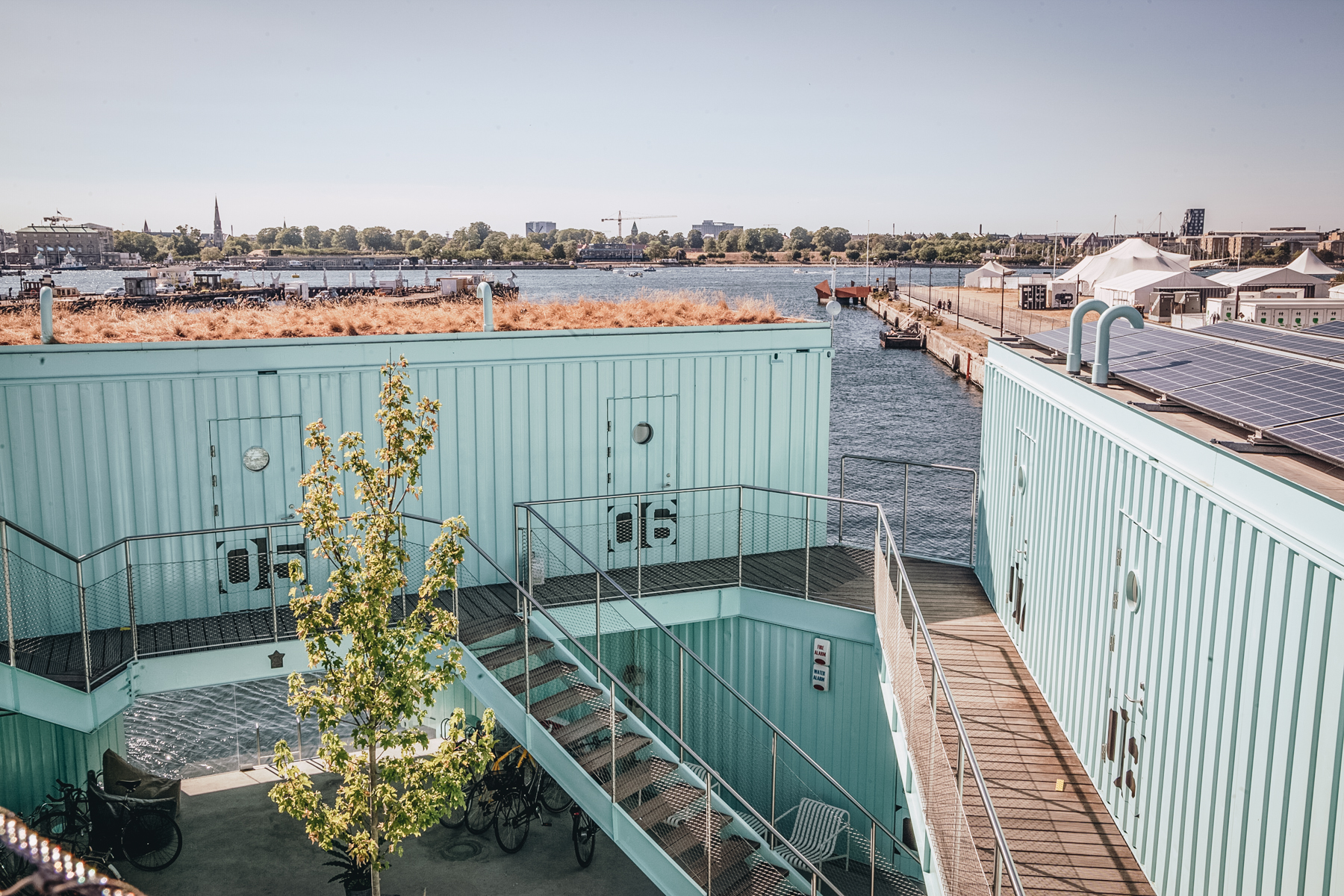 |
“It’s very difficult to get student housing in Denmark. Even when they get an offer for a room, they are very expensive,” explains Urban Rigger’s Chief Operating Officer, Bjørn Nørgaard. The idea is to use the waterways of Copenhagen to build floating apartments with shipping containers and eco-friendly technology.
On a concrete base, the containers are connected in a 6-pointed star model. Bjarke Ingels Group designed the dwellings as functional studios with private bathroom and kitchen. The riggers also have common areas, such as a garden and a basement with automated laundry machines and a gym.
In 2018, the project welcomed its first residents, including 21-year-old Silke Klingberg. After sharing an apartment with two other girls for six months, Silke decided to move to the rigger in the beginning of the summer. “In Copenhagen, if you find something that is not completely far away from the centre of the city, it’s very expensive. Before, I used to pay 5.200 DKK (approx 670 EUR) per month for a room,” she explains. The rent in the rigger is about 3.000 DKK per month.
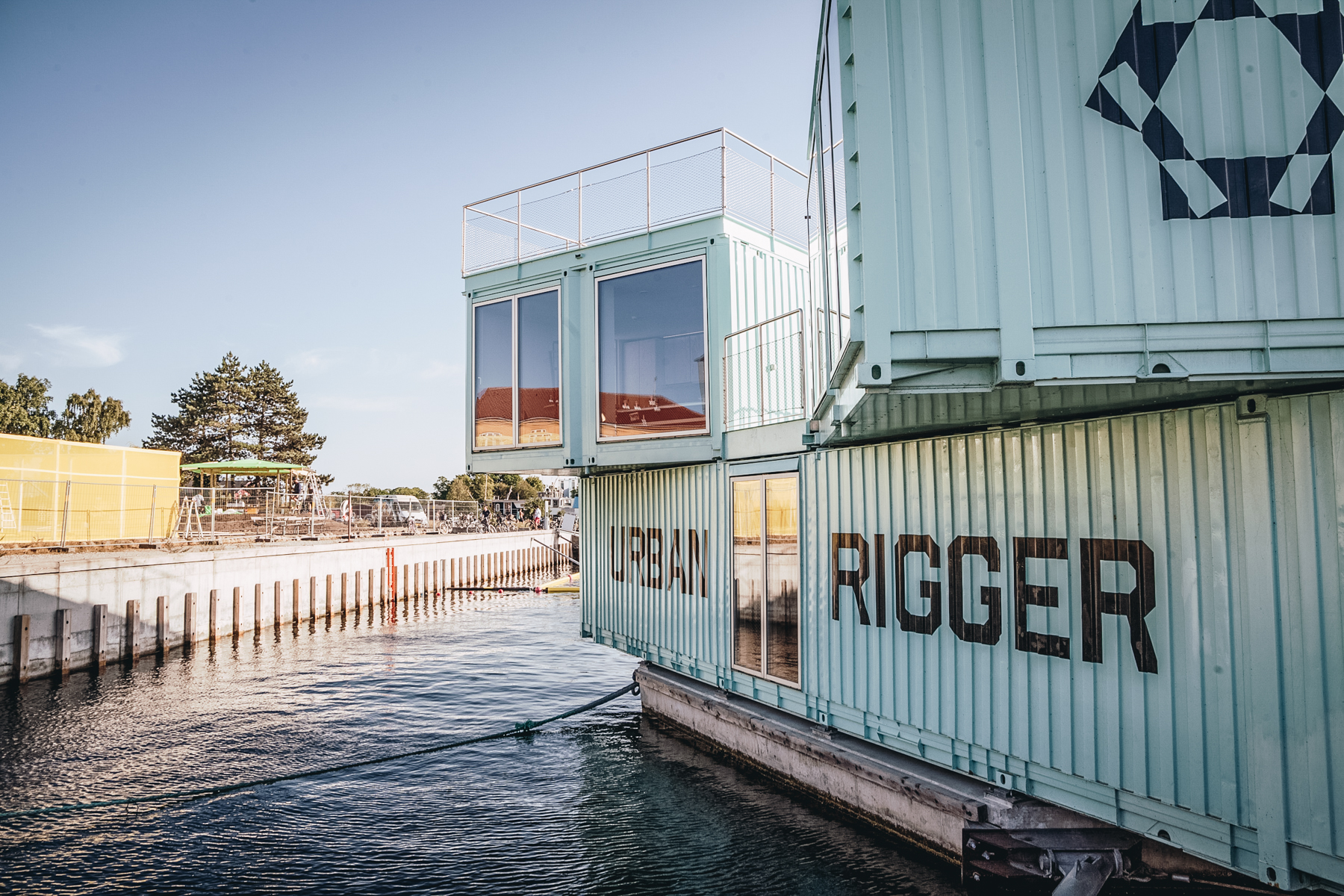 |
|
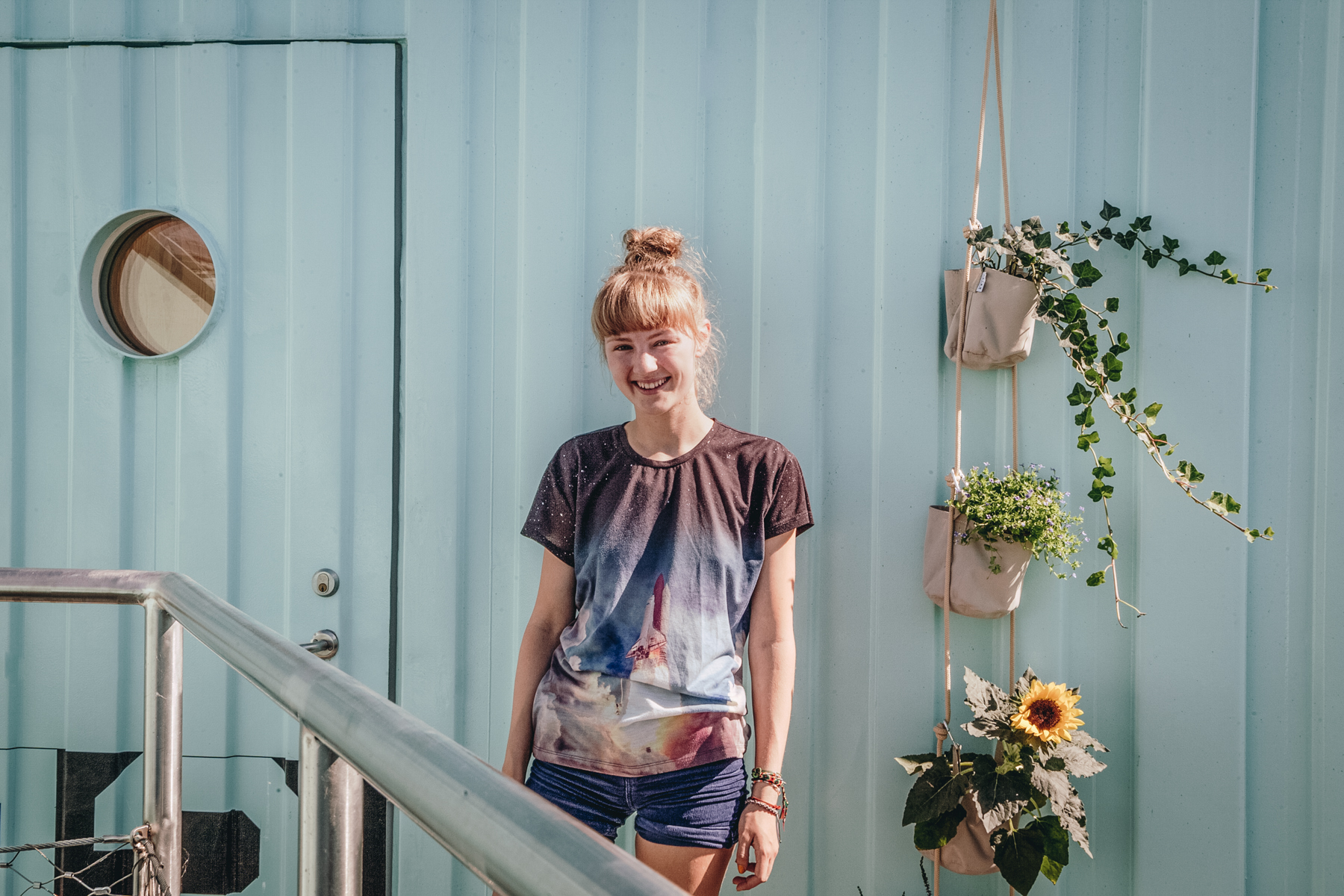 |
The low-cost of living is not the only tempting aspect of the housing: it is beautifully-designed and close to the centre of the city. “People are really interested in seeing the place,” says Silke. “I tell people that you can jump into the water from my window, and they instantly want to come visit me.”
21-year-old resident Mads Markersen agrees. “I wake up, I turn my coffee machine on, and I go swimming. By the time I’m done, the coffee is ready.” Mads also likes how the Urban Rigger’s design prioritizes natural light. “The amount of light is so different from what you usually see. You have so much contact with everything that’s going on around you.”
Although the idea may sound simple, the construction demands the use of complex technology. “One of the founding principles is sustainability. When we have students moving in here, we have also to consider the future,” explains Bjørn. These kind of eco-friendly technologies have a positive effect on the cost of living. One third of the energy used in the riggers comes from solar panels placed on the roof. There’s a system in place to collect energy from the surrounding water to power floor-based heating systems.
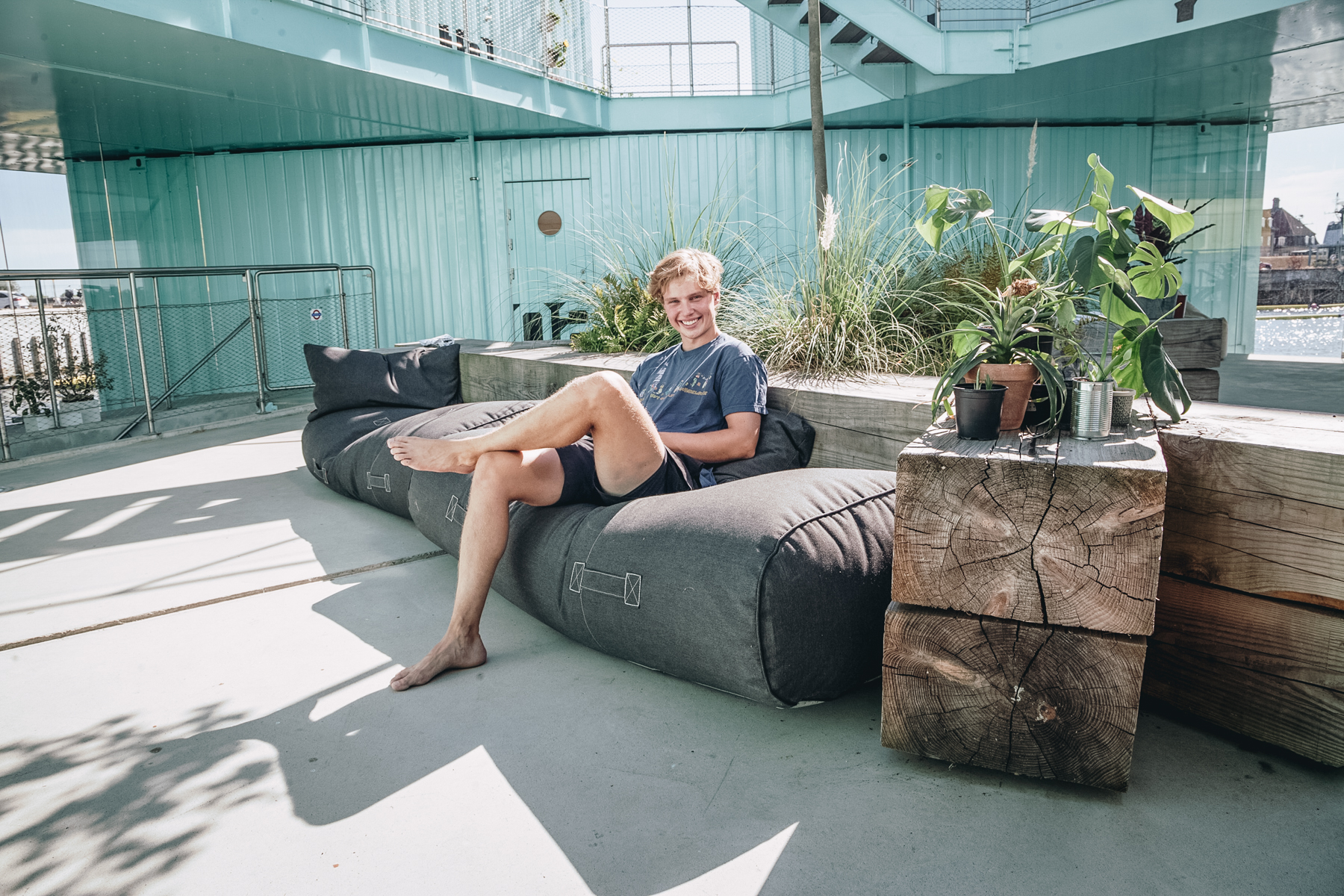 |
|
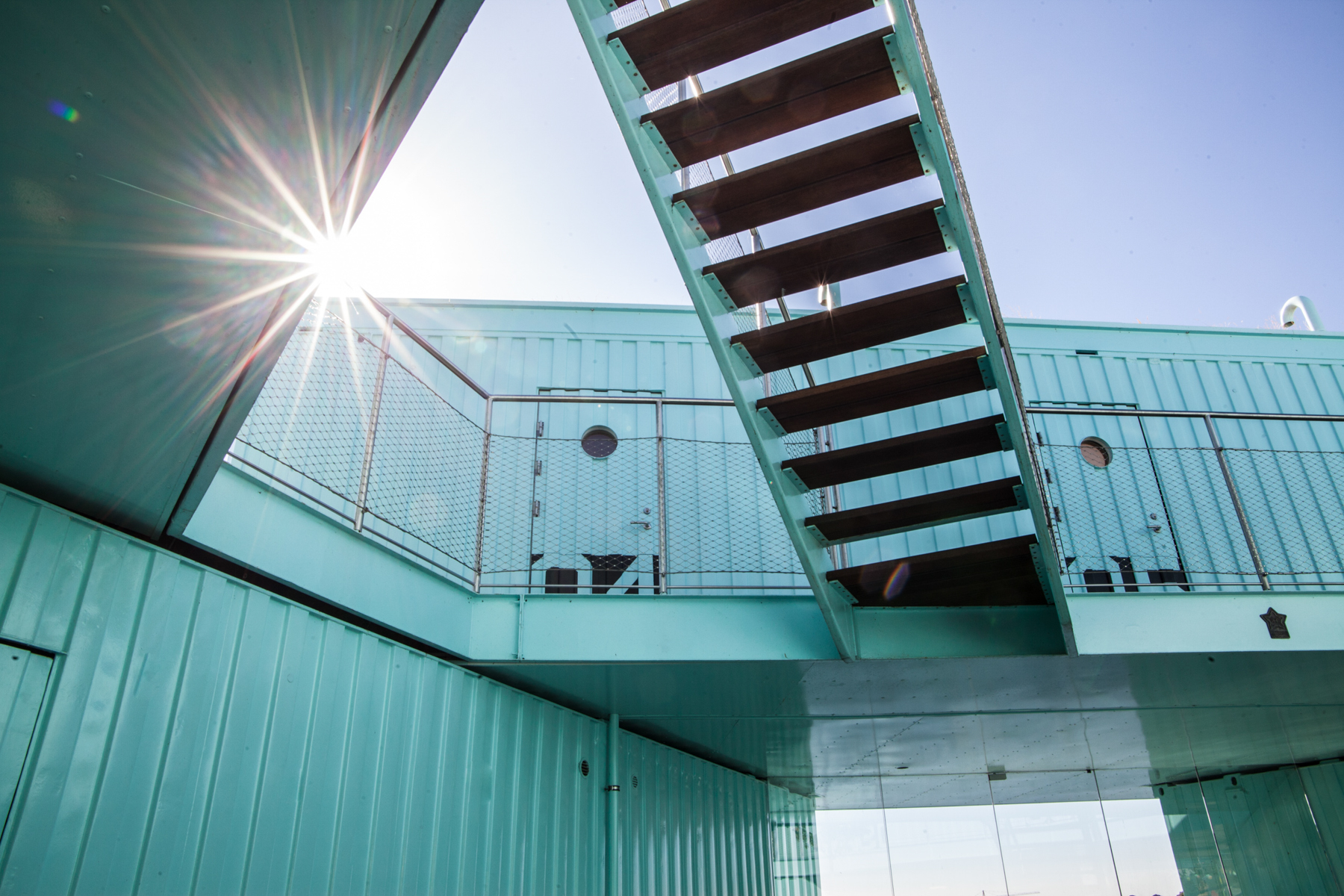 |
Urban Rigger is planning on implementing projects in Gothenburg, Sweden, as well as other European cities. “It can be used anywhere in the world where you have a need for affordable housing”, says Bjørn. According to the company, the idea can also be applied for elderly homes or boutique hotels. It will be exciting to see where the project goes next.
Find out more about Bjarke Ingels Group and Urban Rigger
This article was created in collaboration with Ceci Arregui.

